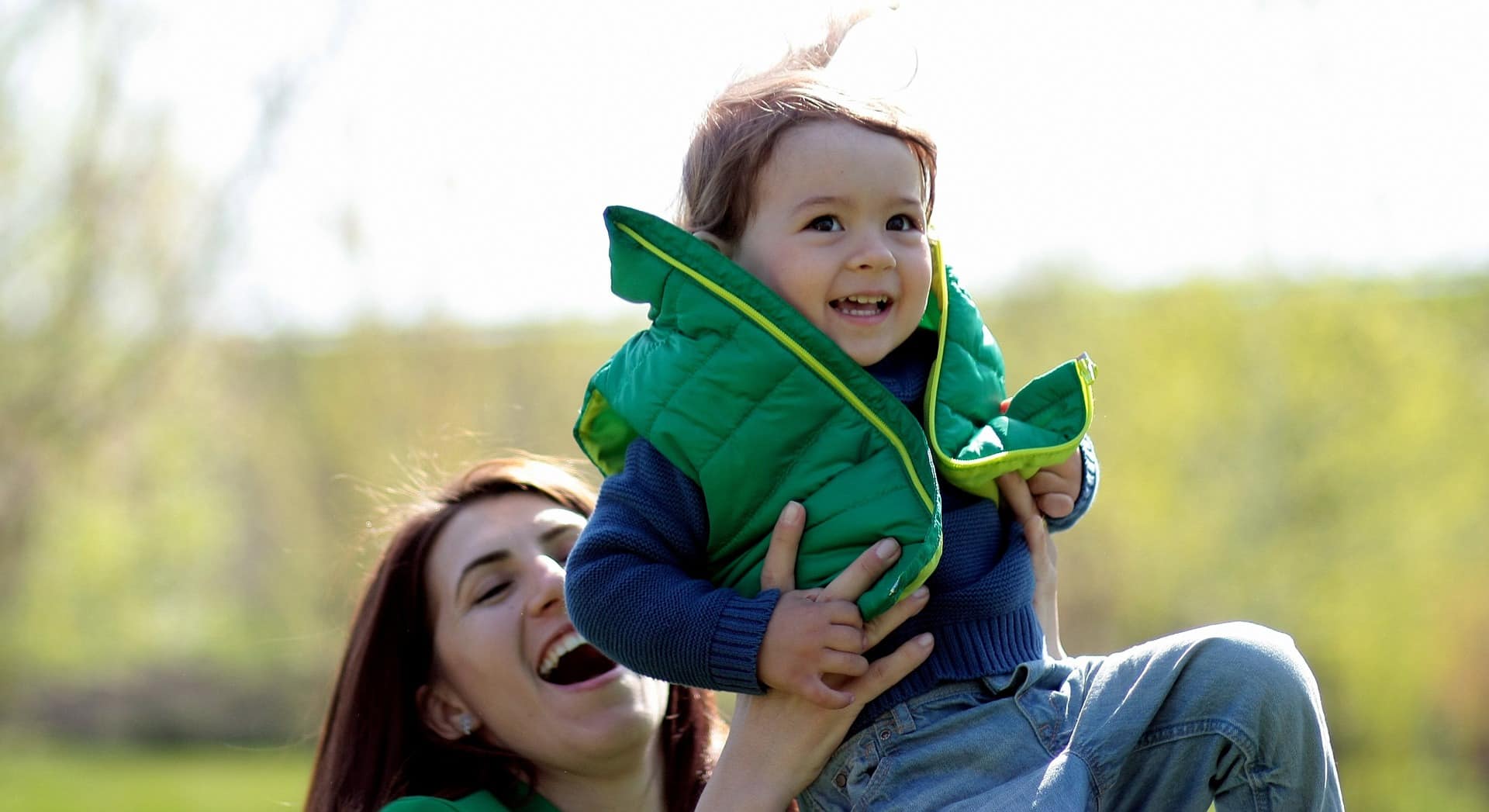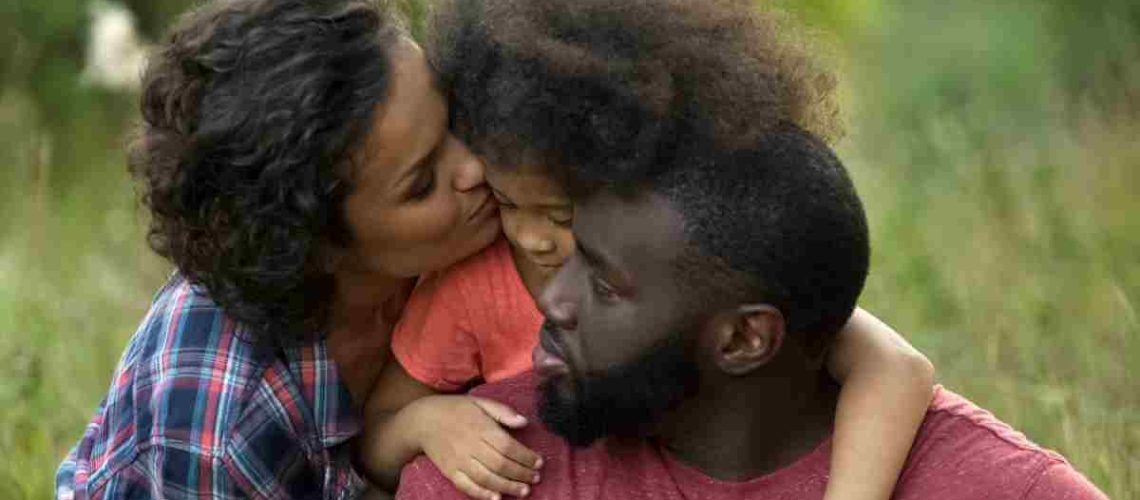What I remember is that she felt defeated in the face of her child's aggression.
All she’d done was say “no” to the playdate, and he’d hit her. In the park. In front of everyone. Just like that. With no warning.
How had she put it? “Out of the blue,” I think were her exact words.
Mostly, I recall her face – resigned, helpless, powerless. She couldn’t fathom how her sweet baby had turned into this monster. And, in turn, created a monster out of her.
 A Child's Aggression: Why Children Hit and Why We Misread This Behavior
A Child's Aggression: Why Children Hit and Why We Misread This Behavior
Oh, I didn’t finish the story. She’d been with her son in the park all afternoon. One of those beautiful spring days where the greens and reds and blues of nature are still bold. They’d had a lot of fun! She’d pushed him on the swing. And then he’d pushed her. They’d even tried swinging with him sitting on her lap, pumping their legs together, trying to gain momentum – and height. It didn’t really work, but they’d laughed, and that felt good. They were a team, failing together at least!
Even as the afternoon was winding down and she began packing up their picnic blanket and sand toys, the mood was sweet. She could hear her boy playing in the background. The happy sounds of children being children.
Her boy ran over to her, excited. “Mom, can I go to Kobi’s? His mom said I can.”
And that’s when she had said no. And that’s when he hit her. Hard.
She yelled loudly, “Don’t you hit me!” And he started to cry. And she wanted to cry. But she stayed mad instead. “You may NOT hit me! Do you understand! It doesn’t matter what I do for you! It’s never enough! Let’s go!”
Kobi had been standing there watching this whole interaction. Now his mom called him over. She felt it best they just go now.
Aggression. When we grant it, It has so much power. But aggression isn't so much about power, it's more a mask. A mask hiding disappointment. Hiding a struggle to bend and flex. A mask hiding what feels vulnerable.
Aggression is fear in disguise.
If we look at aggression this way, it’s much less scary and upsetting for us. We can empathize with our little ones when they’re disappointed or when they are struggling with a new skill, or they are scared, right? Suddenly the aggression sounds like “Help me!” and not “I hate you!”
A New, Calmer Way to Respond to A Child's Aggression
When we hear aggression as a call for help, we can be clear of our role. That it’s our job, as the parent, to swoop in and help turn things around for our child.
With this new perspective in mind, we can rewind and take a look at how this mom might do things differently. We aren't so much looking at halting or correcting the behavior, but more how we can respond to it.
It's a redo. But it’s a redo for the mom rather than her son. The facts on the ground are the same. Same players. Same location. Just a different take on the hit.
“Mom, can I go to Kobi’s? His mom said I can.”
“No, sweet boy. It’s getting late. Time to head home for dinner and bath.”
The boy raises his arm and lunges at his mom. Expecting her son's big feelings, she blocks him gently with her arms. “I can’t let you hit me, sweetie,” she says, her voice firm, but calm.
Her boy swats at her again, and again she blocks. “I can’t let you hit me,” she repeats, confident in her limit and her ability to keep herself safe.
Her son begins to cry and yell. “It’s not fair! You never let me go to anyone’s house!”
![]() Mom just listens. She Staylistens, actually, keeping connected to him as he shows his disappointment, all dressed up as aggression. Physical aggression. Verbal aggression.
Mom just listens. She Staylistens, actually, keeping connected to him as he shows his disappointment, all dressed up as aggression. Physical aggression. Verbal aggression.
Kobi is nearby watching this scene play out. He doesn’t think too much about it. He’s not upset. After all, his friend’s mom is gentle in her actions. He’s just waiting to find out if his friend can come over.
After about five minutes the crying and thrashing subside, and the no-longer-upset boy walks over to Kobi. “I can’t come over today.”
“Ok,” Kobi responds. And he runs back to his mom.
The families wave goodbye to each other, and each makes their way towards home. Tired from a fun day outside in the park with friends.
More about the Spoiled Outing Syndrome – Your child is not throwing a good time back in your face
A final note because this child's aggression followed a nice time together. Very often we see that when a limit comes after a good time having fun together, a child will have big, powerful feelings. As parents, after pouring in so much and attention, this reaction can feel like it's own slap in the face. Feelings about our children being ungrateful or “always needing more,” can surface. But, as we explain in this article, this Spoiled Outing Syndrome happens because a child's feelings of safety and trust have been boosted – and very often because he or she doesn't want that feeling to end.
Aggression is a mask – a mask covering a child's vulnerability and upset. Keep these takeways in mind when you want to keep calm when your child shows aggressive behavior.
7 Ways To Cope More Calmly With Your Child's Aggressive Behavior
Keeping these seven takeaways will help you keep calm and confidently handle your child's aggressive behavior.
Keep Track: Aggression rarely comes out of the blue. If your child hits each time you transition from an activity, learn to expect it. When you anticipate aggression it's easier to move in calmly.
Remember What's Underneath: Aggression is just fear and upset in disguise. Don’t be fooled!
Fake it Till You Make it: Remember that while we often feel embarrassed by our child’s aggression, we actually look quite impressive to others when we remain calm in the face of aggression. Absorbing this can stop us reacting out of self-consciousness so that we can keep helping our child through successfully – even if the process is loud and messy. Plus we feel great afterwards!
See Aggression As a Milestone: That loud messiness is our child building emotional intelligence and gaining the ability to better accept “no” the next time. It’s an un-skippable step to stopping aggression. Your child's aggression cannot disappear just because a limit is set on it.
We Are the Mothership (or fathership): We get to decide what limits to set with our children, but we cannot control how they respond. What we can, however, decide how we respond to their upset. It's possible to steer a child through the upset and hold space until calm returns.
Pick a One-Liner: It’s best not to negotiate with your child when he’s wild with anger. Pick a one-liner and repeat it as necessary until he gets all those feelings out. Your focus can be on keeping everyone safe and continuing to love the sweet child that's buried somewhere in there. Sooner than you think that child will reappear!
Move on: We can choose to not let one big upset, even one where a child's aggression pops up, ruin our whole day. You have not failed. Your child has not failed. Aggression is common, a way to clear blocked emotion, and should be talked about more.
You can read a lot more about how to move your child beyond aggression in our book, “Listen: Five Simple Tools to Meet Your Parenting Challenges.”
Meet the Instructor
 Tosha Schore, M.A., is the co-author of “Listen: Five Simple Tools to Meet Your Everyday Parenting Challenges,” a parent coach, and a trainer of Hand in Hand Parenting. She is the mother of three boys and an advocate for boys and their families worldwide. Tosha is committed to creating a more peaceful world, one sweet boy at a time, by partnering with parents to care for themselves, connect with their boys deeply, set limits lovingly, and play wildly.
Tosha Schore, M.A., is the co-author of “Listen: Five Simple Tools to Meet Your Everyday Parenting Challenges,” a parent coach, and a trainer of Hand in Hand Parenting. She is the mother of three boys and an advocate for boys and their families worldwide. Tosha is committed to creating a more peaceful world, one sweet boy at a time, by partnering with parents to care for themselves, connect with their boys deeply, set limits lovingly, and play wildly.
You can connect with her online at www.toshaschore.com and on her Facebook page, Tosha Schore, Your Partner in Parenting Boys.

